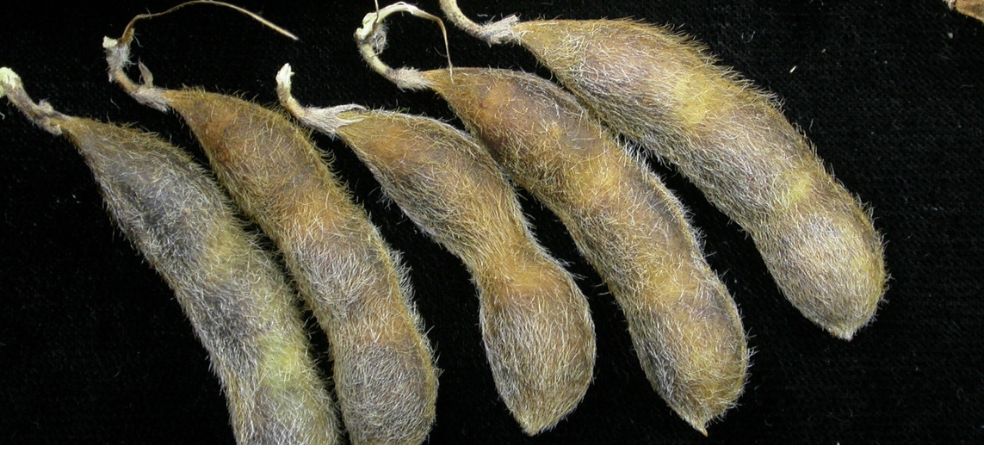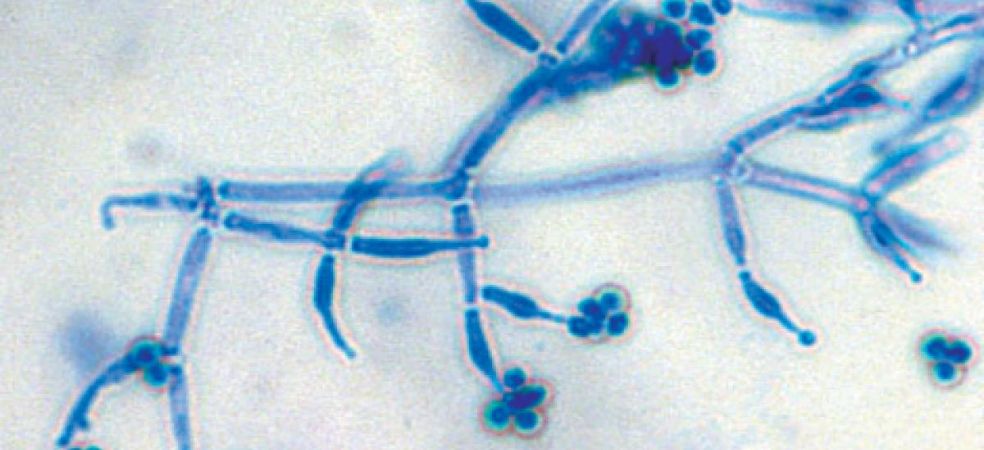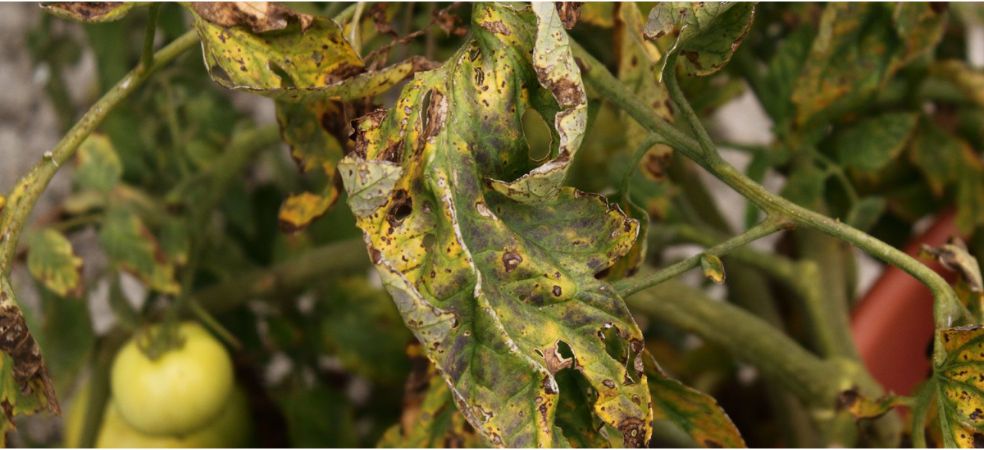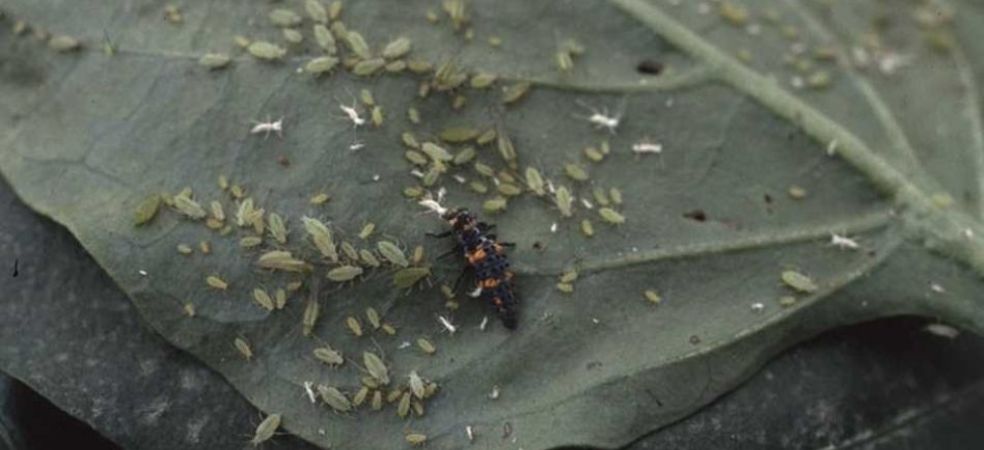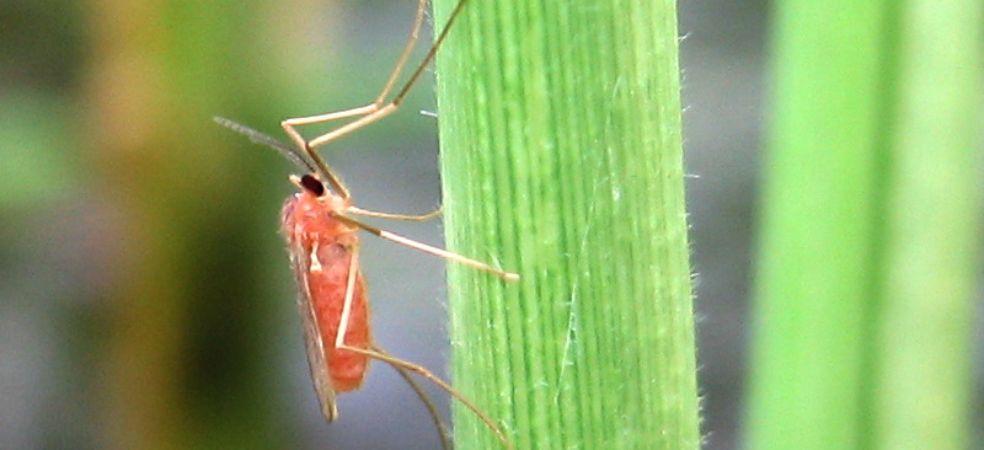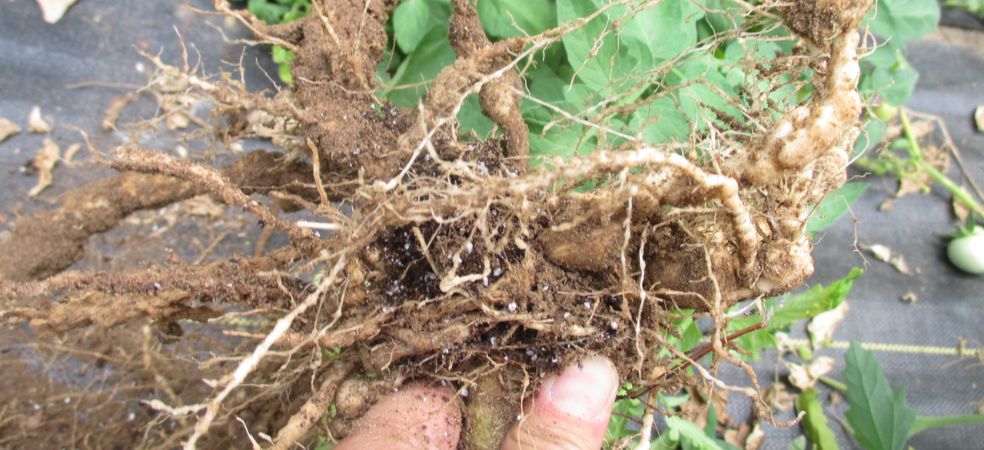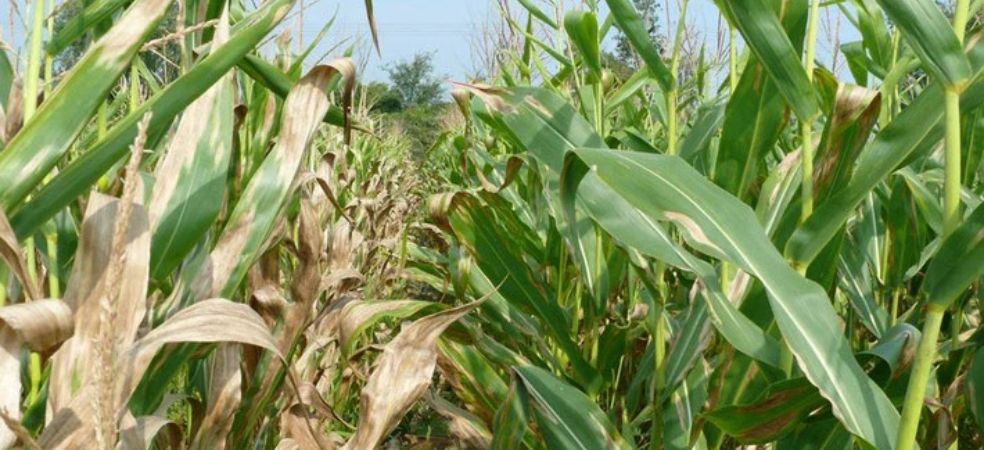-
It is a seed and soil-borne disease.
-
If the infected seed is planted, early disease development may result in damping-off (plant death by seed or seedling rot).
-
During the flowering stage of soybean, red to dark brown irregularly shaped spots appear on the stem, petiole and pod.
-
Later these spots get filled with black structures (acervulai) and small thorn-like structures of the fungus.
-
Symptoms of this disease are yellow-brown veins on leaves, curling and falling.
How to control Anthracnose or Pod Blight in Soybean crop:
-
Healthy seeds should be selected for sowing.
-
The seed should be treated with Vitavax(Thiram+Carboxin) @ 2 g/kg of seed before sowing.
-
Continuous sowing in the same plot should be avoided.
-
Spray the crop with Carmanova (Carbendazim 12% +Mancozeb 63% WP)@ 400 Gm/Acre at 10-15 days intervals, first spray be given on the appearance of symptoms.
-
In Several Attacks, spray the crop with Tebuconazole 25.9% EC @ 200 ml/Acre.
ShareFor more such important information related to the agriculture sector, keep reading the articles of Gramophone daily. If you liked today’s information, then do not forget to share it with friends.

